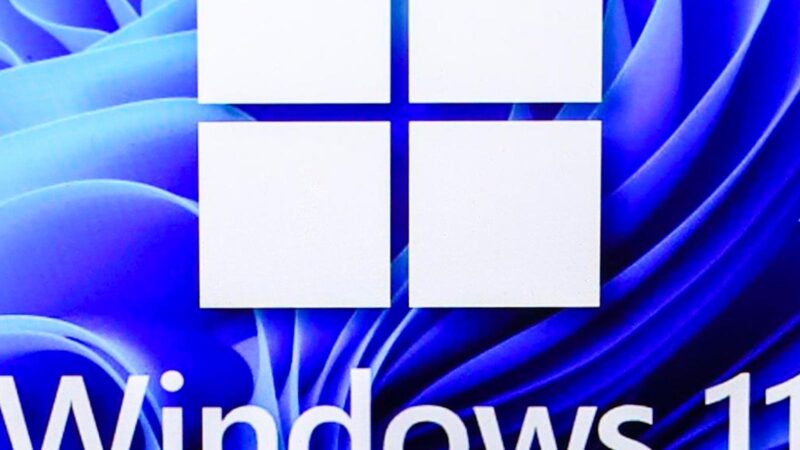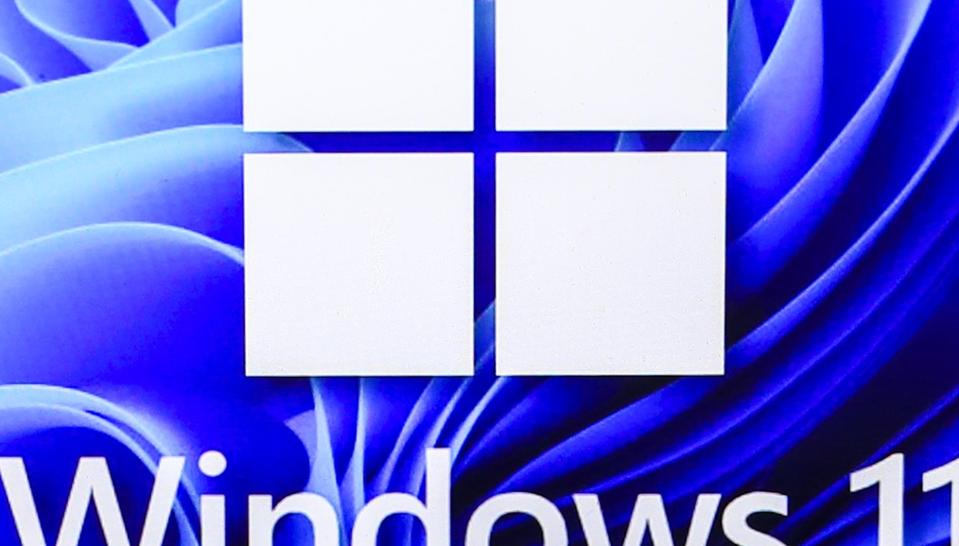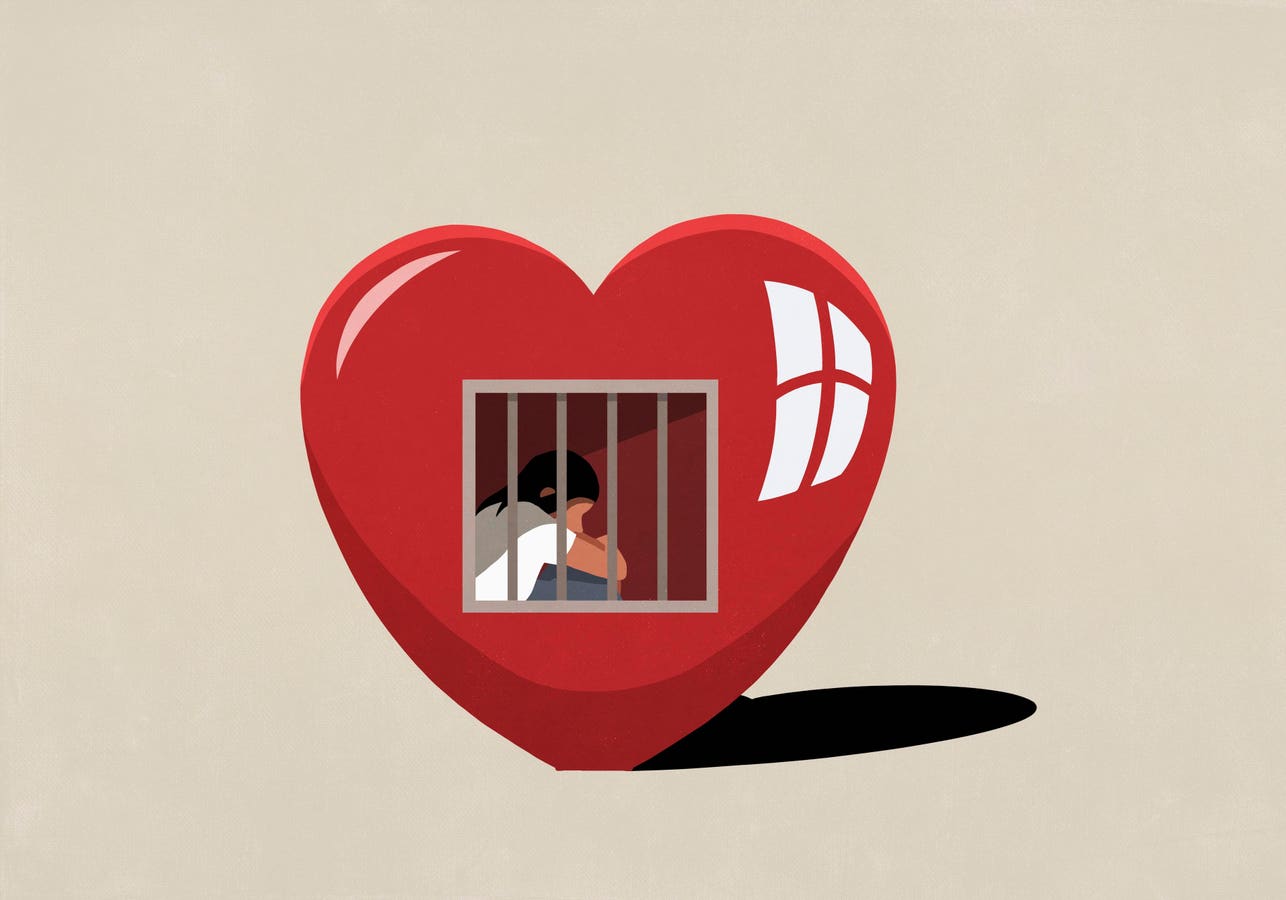This is a ‘total disaster’
NurPhoto via Getty Images
Updated, Oct. 21 with analysis on a serious new problem for Windows users.
Just days after Microsoft killed security updates for 500 million Windows 10 users, there’s bad news for Windows 11 users as well. A new, mandatory security update is a “total disaster” and an emergency update has suddenly been confirmed.
The warning comes courtesy of Windows Latest. Microsoft admits that Windows 11 KB5066835 breaks localhost connections, “which means locally hosted apps can no longer connect to your network.” But there are also multiple installation failures and bugs blocking peripherals and accessories from working properly.
Users going online to fix update issues are being warned to stop. “Don’t try your luck with internet solutions. They don’t work.” Instead, wait for the update.
“Microsoft says it’s rolling out an emergency patch that should address localhost-related issues in Windows 11 24H2/25H2, but remember, the hotfix could take longer than 48 hours to show on affected PCs.” Meanwhile, Microsoft says “affected users should check for updates and reboot their PC, even if they do not see any newer updates listed.”
Windows Latest has found a “regression in the kernel-mode HTTP server (HTTP.sys). When a browser or app tries to connect to HTTP/2 to services hosted on 127.0.0.1, HTTP.sys mishandles the HTTP/2 handshake/frames and resets the connection.”
The website warns that this is significant “because the Windows update broke IIS, which affects anything behind HTTP.sys. Windows is designed to handle 127.0.0.1 requests by loading TTP/2 session in the kernel, which then sends the request to the IIS worker, ASP.NET Core Module or your app.”
Per The Register, “Microsoft had yet to acknowledge the issue. Users report mixed results when trying to reinstall the patch or roll forward to newer builds. The problem appears to vanish on clean installs of Windows 11 24H2, suggesting that the error stems from a conflict in how the update interacts with existing system configurations, rather than being a universal bug.”
Separately, accessory failures affect “some Logitech peripherals” and “mouse and keyboard not working in WinRE (Windows Recovery Environment).”
As ever, there are a number of green-fingered workarounds for these various issues, but for almost all Windows 11 users, the reality is you’ll await the emergency update if you’re affected. It’s likely that will be here quickly, likely within a day or two.
After initially admitting the “localhost-related issues,” Microsoft has now confirmed the WinRE (Windows Recovery Environment) issues as well.
Per Windows Latest’s update, “this month’s update renders WinRE (Windows Recovery Environment) useless because a bug blocks the mouse or keyboard from working. This means you cannot navigate WinRE. It’s one of the issues that originates from Windows 11 KB5066835, which also breaks localhost.”
In practice, “the issue makes it impossible to navigate between different options within WinRE. For example, if you’re on WinRE and want to troubleshoot the OS or reset Windows, you can’t do that because the cursor will not work, and keyboard buttons will not respond.” Not great news for the millions of Windows 10 users with fresh upgrades.
This WinRE issue has triggered a backlash. Tom’s Hardware says “Windows Recovery Environment (RE), as the name suggests, is a built-in set of tools inside Windows that allow you to troubleshoot your computer, including booting into the BIOS, or starting the computer in safe mode. It’s a crucial piece of software that has now, unfortunately, been rendered useless (for many) as part of the latest Windows update.”
“It’s only been a few days since Windows 10’s demise, and the latest Windows 11 update is causing havoc,” TechRadar says. “This update for Windows 11 25H2 arrived on the same date as Windows 10’s End of Life, which is bad timing for those who decided to upgrade, and didn’t stick with Windows 10 via its Extended Security Updates (ESU) scheme. People who haven’t yet made the decision on whether or not to upgrade from Windows 10 to Windows 11 probably won’t feel any more enthusiastic about that option given the revelation of this potentially system-breaking bug.”
While Mashable points out “Just last week, Microsoft officially ended support for Windows 10, pushing users to upgrade to its latest operating system Windows 11. That makes the timing of a recent Windows 11 issue very awkward for Microsoft.”
Per Bleeping Computer, “until Redmond resolves this bug, users should be able to switch to Bluetooth wireless mice and keyboards or input devices that use old PS/2 connectors which shouldn’t be affected.”
“Unfortunately, Microsoft’s most recent Windows 11 update appears to have caused problems with numerous different applications and hardware peripherals, according to a multiple reports from different outlets,” Mashable says. Many devices using Windows 11 will now require a follow-up emergency update to fix issued caused by the previous mandatory update.” Awkward indeed.
Windows Latest does have a workaround, which you can find on the website. It comes with a major health warning though, and so is not reproduced here. The fix (before the real fix) means playing with system files, and if you get that wrong “you can make Windows unstable or stop it from booting. Do it carefully and at your own risk.”
If you’re still running Windows 10 and reading this with a sense of relief, just make sure you’ve updated your PC with the last ever security fixes you will receive unless and until you enroll in the 12-month ESU program to keep Windows 10 until 2026.
As TechRadar warns, “Windows 10’s final patch fixes a bewildering number of security flaws – and shows why you need extended updates.” It’s a timely warning, and if you didn’t like the account-driven options to extend security updates for free, you can now buy another year of support in the Microsoft Store.
The Register sums this up pretty neatly: “All this means that, within the same week, Microsoft’s installer broke, its new OS borked local development, and Redmond’s multimillion-dollar upgrade push instead highlighted how fragile its ecosystem still is.”
We’re barely a week into the long-awaited end of Windows 10, and there are plenty of moving parts for Microsoft to grapple as hundreds of millions of Windows users are either newly at risk (Windows 10) or awaiting an emergency update (Windows 11).
All this comes as the Windows-maker confirms an ambitious plan to redraft Windows as an always listening, always watching AI-first operating system. It promises to be an interesting few months as the landscape settles down and we can form a better view as to the state of the cyber threat and the mood across the user base.









